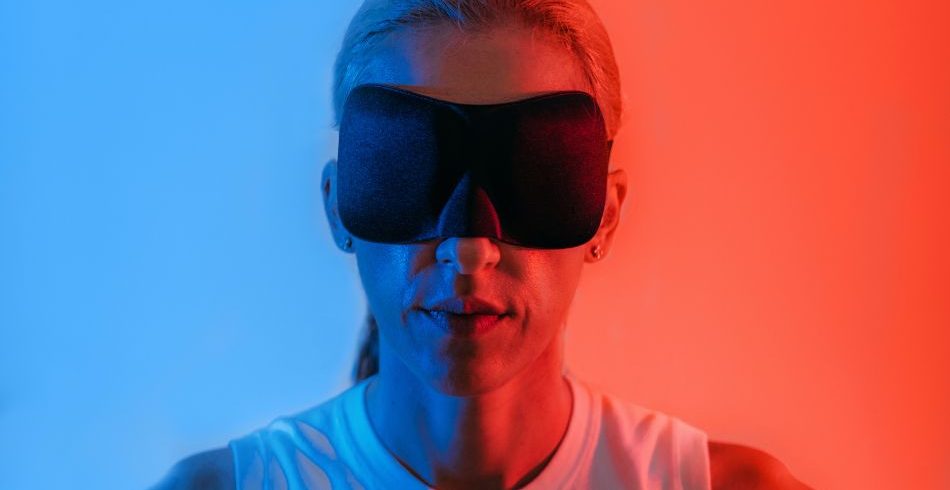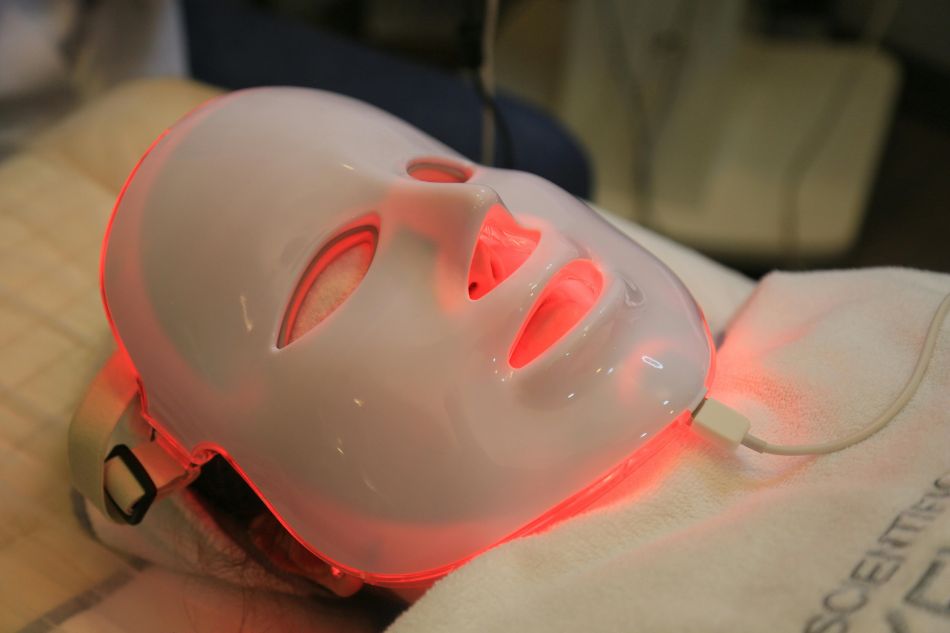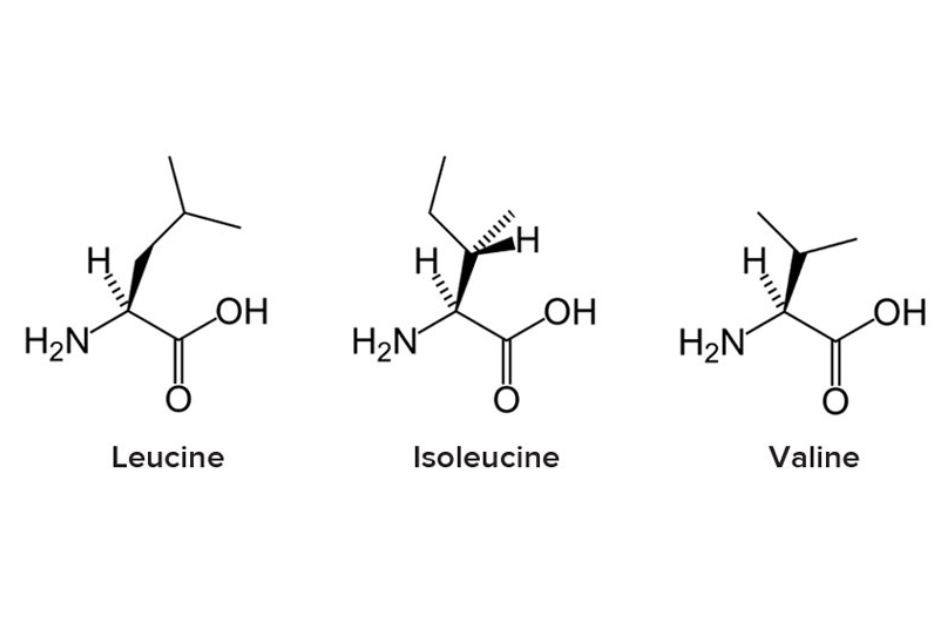FDA approved red light therapy: benefits, side effects, and what to know before treatment

Red light therapy (RLT), also known as low-level laser therapy (LLLT), has grown in popularity over recent years due to its potential health benefits. From skin rejuvenation to wound healing, RLT promises a non-invasive solution to various conditions. While it’s often associated with beauty treatments, the technology has expanded into medical and therapeutic domains, earning FDA approval for several applications. In this article, we’ll explore the science behind FDA approved red light therapy, its benefits and side effects, and what you should consider before getting the treatment.
What Is Red Light Therapy?
Red light therapy involves exposing the skin to low-wavelength red or near-infrared light. Unlike ultraviolet (UV) rays, red light doesn’t damage the skin. Instead, it penetrates deep into the tissues, targeting cells and boosting their energy production. This increase in cellular activity triggers various physiological processes, which result in healing, pain relief, and other health benefits.
The science behind RLT is based on the role of mitochondria—the powerhouse of the cell. When exposed to red and near-infrared light, mitochondria absorb the light and convert it into adenosine triphosphate (ATP), the cell’s energy currency. This increase in ATP production fuels cellular repair and regeneration, leading to improved tissue health.
FDA Approval of Red Light Therapy
For a treatment to earn FDA approval, it must be proven safe and effective through rigorous scientific testing. Red light therapy has been FDA-approved for several specific uses, including:
- Chronic joint pain relief: Particularly in arthritis patients.
- Wound healing: Especially in people with diabetic ulcers.
- Hair loss treatment: As seen in the FDA-approved laser caps for androgenic alopecia (male and female pattern baldness).
- Anti-aging: For reducing fine lines and wrinkles by stimulating collagen production.
The approval of red light therapy by the FDA means it meets certain standards for safety and efficacy, distinguishing it from unregulated light therapies that lack scientific backing.
The Health Benefits of FDA approved Red Light Therapy
1. Promotes Tissue Repair and Wound Healing
Red light therapy has shown great promise in accelerating tissue repair. A study published in 2021 demonstrated that patients receiving RLT for chronic wounds experienced significantly faster healing compared to a placebo group. This is particularly useful for patients with diabetic ulcers, burns, and other injuries that may not heal properly on their own.
The mechanism involves increased ATP production in the affected cells, which accelerates the repair and regeneration of skin and muscle tissues. This increased energy production boosts cellular activity, enhancing the body’s natural healing processes.
2. Reduces Inflammation and Pain
Red light therapy is also known for its anti-inflammatory effects. Research shows that RLT can reduce inflammation by decreasing the levels of pro-inflammatory markers such as cytokines. This has made it a popular treatment option for chronic conditions like osteoarthritis, rheumatoid arthritis, and tendinitis.
In a 2017 meta-analysis of 22 studies, researchers found that red light therapy significantly reduced pain in patients suffering from musculoskeletal conditions. The non-invasive nature of RLT makes it an attractive alternative to medications like NSAIDs, which can have long-term side effects.
3. Improves Skin Health and Reduces Aging Signs
RLT has been embraced by dermatologists for its ability to improve skin health. By boosting collagen production and increasing blood flow to the skin, red light therapy can reduce fine lines, wrinkles, and age spots. One study in Photomedicine and Laser Surgery showed that after 12 weeks of red light therapy, participants experienced a significant improvement in skin texture and tone, as well as a reduction in wrinkles.
The treatment works at a cellular level to stimulate fibroblasts, the cells responsible for producing collagen and elastin—two proteins critical for maintaining skin elasticity and youthfulness.
4. Supports Muscle Recovery and Performance
Athletes and fitness enthusiasts use red light therapy to enhance recovery and improve performance. RLT helps by reducing inflammation and oxidative stress in muscles after intense workouts. A 2016 study in Biophotonics found that athletes who received red light therapy before exercise showed improved endurance and reduced muscle fatigue compared to those who didn’t.
Red light’s ability to penetrate deep into muscle tissue allows it to boost mitochondrial function in muscle cells, thereby enhancing energy production and accelerating repair processes.
5. Stimulates Hair Growth
Hair loss, particularly androgenic alopecia, can be treated with red light therapy. The FDA has approved specific devices, such as low-level laser caps, to stimulate hair follicles and promote hair growth. In clinical trials, patients using these devices showed a significant increase in hair density compared to control groups.
The therapy works by increasing blood flow to the scalp, which nourishes hair follicles and stimulates the growth phase of the hair cycle (anagen).
6. Boosts Mental Health and Treats Seasonal Affective Disorder (SAD)
Studies have also suggested that red light therapy can improve mental health by reducing symptoms of depression and anxiety. Some researchers theorize that light therapy, in general, can regulate circadian rhythms, which play a role in mood and cognitive function.
For patients with seasonal affective disorder (SAD), a condition linked to reduced daylight exposure in winter months, RLT has been explored as a treatment. It works by influencing melatonin and serotonin levels, helping to regulate sleep patterns and mood.
Side Effects of Red Light Therapy

While red light therapy is generally considered safe, particularly when administered by a healthcare professional, there are potential side effects:
- Temporary redness: Some patients may experience mild skin redness following treatment.
- Irritation: If the skin is sensitive, irritation or dryness may occur.
- Eye strain: Direct exposure to the light source without protective eyewear can lead to discomfort or damage to the eyes.
- Inconsistent results: RLT’s effectiveness can vary depending on factors such as skin type, the condition being treated, and the device’s settings.
It’s important to note that overuse of red light therapy, particularly at high intensities, may result in adverse effects like skin burns or tissue damage. Therefore, following the recommended dosage and duration is essential.
Who Should Consider Red Light Therapy?
FDA approved Red light therapy can benefit a wide range of individuals, particularly those suffering from:
- Chronic pain conditions like arthritis or fibromyalgia.
- Skin conditions such as psoriasis, acne, or eczema.
- Muscle injuries or joint issues, including tendinitis and bursitis.
- Aging skin, particularly those looking to reduce fine lines, wrinkles, and sun damage.
- Hair loss, including androgenic alopecia.
- Mental health conditions, such as seasonal affective disorder (SAD).
However, pregnant women, individuals with light sensitivity, or those with a history of skin cancer should consult a physician before undergoing treatment.
Things to Consider Before Getting Red Light Therapy
Before opting for RLT, consider the following:
- The provider: Seek treatment from a licensed medical professional or facility that uses FDA-approved devices.
- The condition being treated: Some conditions, such as acne or fine lines, may require more consistent treatments than others, like wound healing.
- Device strength: Not all red light therapy devices are created equal. Professional-grade devices deliver more effective treatments than at-home versions.
- Cost: Treatments can range from $50 to $300 per session, depending on the condition and provider.
Where Can You Get FDA Approved Red Light Therapy?
You can receive FDA-approved red light therapy at various locations, including:
- Dermatology clinics: RLT is often used for skin treatments like wrinkle reduction and acne management.
- Pain clinics: Many chronic pain centers offer red light therapy to reduce inflammation and alleviate pain in joints and muscles.
- Sports rehabilitation centers: Athletes may seek red light therapy to enhance muscle recovery.
- At-home devices: FDA-approved laser caps and other RLT devices can be purchased for home use, though they are typically less powerful than clinical versions.




